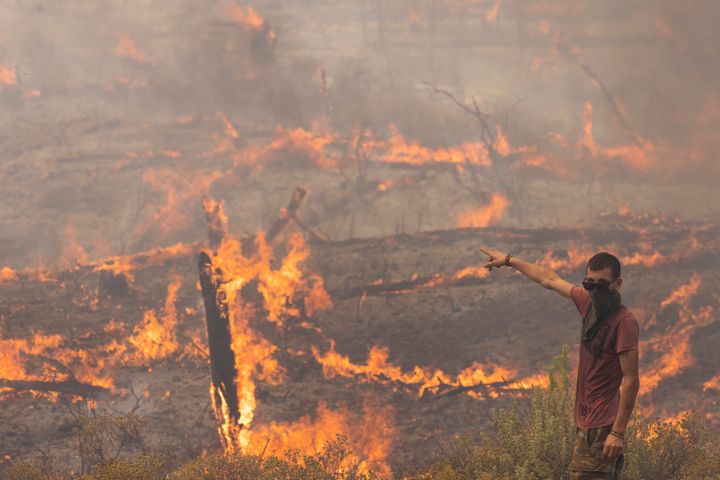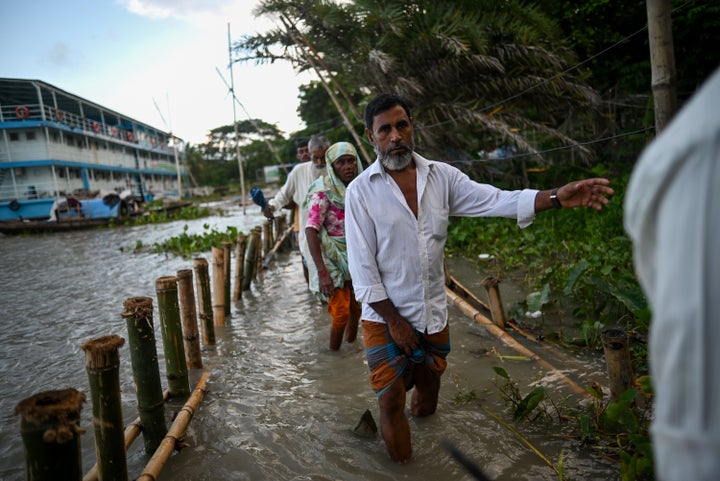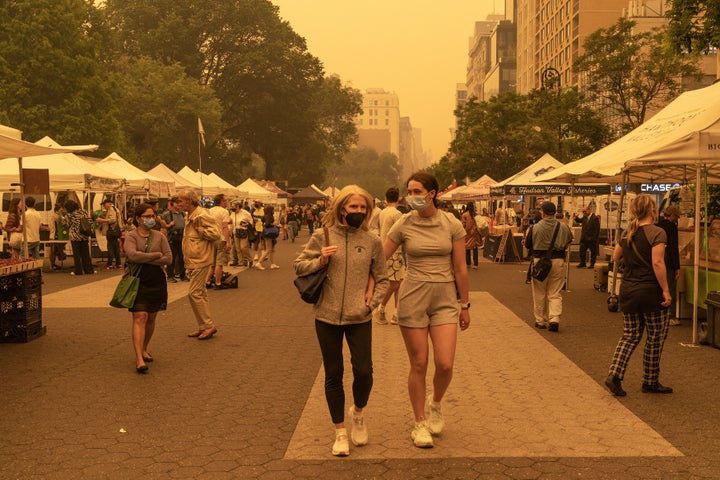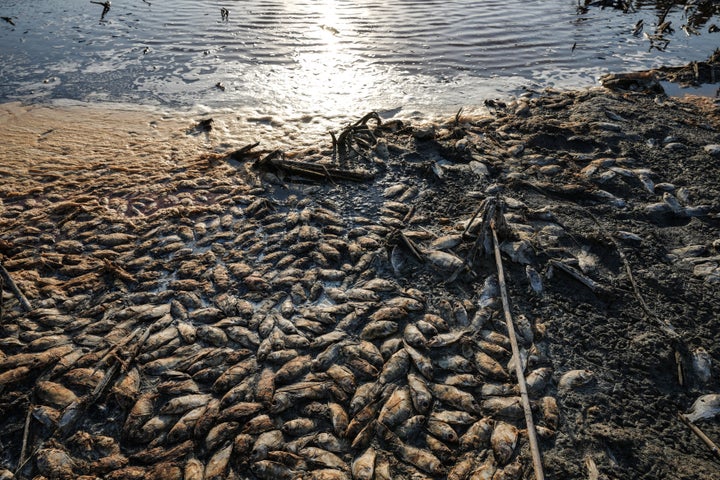
The climate crisis has got everyone talking once again after a series of ferocious heatwaves has triggered wildfires around the world.
UN scientists have pointed to the extreme weather as further proof of human-induced climate change, as they predict this July will be the hottest ever recorded on Earth.
But, it’s not just the scorching temperatures which are proof of the climate crisis. Here are three ways it has already changed the world around us, possibly without you noticing.
1. Sea levels have risen
Average sea levels have swelled over eight inches since 1880 – three of which happened in just the last 25 years, according to GlobalChange.gov.
As NASA pointed out, every year, it rises by another 0.13 inches, but it’s accelerating – and expected to rise by a foot by 2050 across the US’s coastline, according to the National Oceanic and Atmospheric Administration.
The UN’s Intergovernmental Panel on Climate Change has also warned that by 2100, if temperatures have warmed by 1.5C, the oceans could rise between 10 and 30 inches.
If all the ice that currently exists on Earth in glaciers and sheets melted, sea levels would increase by 216ft (2592 inches), according to National Geographic, although scientists expect that – if it were to happen – would take centuries.

2. Breathing
When temperatures rise, the air quality can decline, leading to breathing problems and respiratory illnesses.
For instance, higher temperatures can lead ozone to form at the Earth’s surface.
That’s a gas which is made up of three oxygen atoms and protects the Earth from the sun’s rays when it is high up in the atmosphere. But, when it’s closer to the surface and we inhale it, our lungs can get irritated, and people may find themselves short of breath.
Ozone can also make people more susceptible to other triggers of inflammation like pollen and mould spores, and in turn, that can lead to infections, according to the scientific US website, National Academies.
The experts explained global warming can lead to spikes in ground-level ozone, because it speeds up the reactions between the oxygen atoms.
Ozone has been connected to increased hospitalisations, chronic obstructive pulmonary disease (COPD), pneumonia, asthma, allergies and other lung problems.
And this is already a major issue – 365,000 deaths were linked to COPD from ozone exposure in 2019.
Extreme weather events worsen air quality, too. Droughts and wildfires increase the number of small particles in the air that can be inhaled. Droughts can also worsen dust storms, and such matter will stay in the air but not removed from the atmosphere – a particular issue for people who struggle from respiratory illnesses.
Smoke from wildfires releases more matter into the air, and has been linked to premature death and low infant birth weight.
It can also travel a long way – which is why New York City was hit by yellowing skies and particularly polluted air back in June as wildfires in Canada raged.

3. Food supplies
The Intergovernmental Panel on Climate Change reported just 1.6C of warming this century will make 8% of today’s farmland “climatically unsuitable”.
It predicted people will lose up to 41% of their fisheries’ yield by the end of the century “due to local extinctions of marine fish”.
“Declining fish harvests could leave millions of people vulnerable to malnutrition”.
And in the meantime, the population is expected to continue growing – the UN predicted in 2017 that the world population will reach 9.8 billion in 2050, and 11.2 billion in 2100.
We’re already seen early signs that our food supplies are vulnerable to changes in our climate.
Droughts in the Mediterranean last year meant the UK was left without tomatoes and other vegetables on our supermarket shelves earlier this year.
It’s already threatening types of coffee, chocolate and other food, while the warming of the oceans has left huge quantities of fish and marine life washed up on shores around the world.
And 47% of land-based flightless mammals have already lost some of their populations due to climate change, according to the IPCC.

